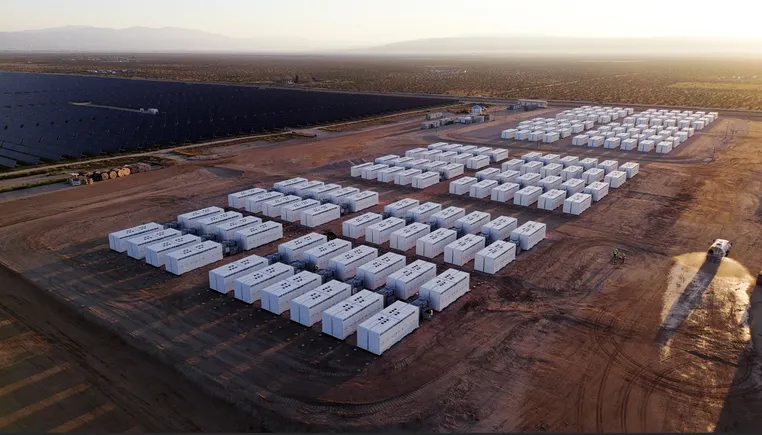
Utility-scale battery storage in the United States is poised to more than double over the next two years and will close out 2026 at nearly 65 GW — a rapid rise from 17 GW in the first quarter of 2024.
The U.S. Energy Information Administration published its Short Term Energy Outlook on Tuesday, showing a rapid increase in anticipated energy storage resources. Counting projects larger than 1 MW in the electric power sector, EIA said domestic storage capacity will rise from about 28 GW at the end of Q1’25 to 64.9 GW at the end of 2026.
Large-scale battery storage resources in the commercial and industrial sectors are expected to rise from about 100 MW to about 300 MW across the same time frame.
EIA’s data shows annual U.S. electricity generation rising from 4,180 billion kWh in 2023 to 4,490 billion kWh in 2026.
Monthly electricity demand is highest during the summer months in the United States, but despite a cooling degree forecast in line with last year’s weather EIA said it expects total U.S. electricity generation this summer will increase by 1%, or 14 billion kWh, compared with summer 2024.
“We expect strong demand growth in the commercial sector because of the expansion of data centers,” EIA said.
EIA anticipates natural gas-fired power plants between June and September 2025 will generate 3% less than they did last summer “because of higher natural gas prices and the continuing increase in new solar generating capacity.”
Domestic solar generation this summer will grow by 33%, EIA said, and improving water supply in the western states will contribute to a 6% increase in U.S. hydroelectric generation.




















